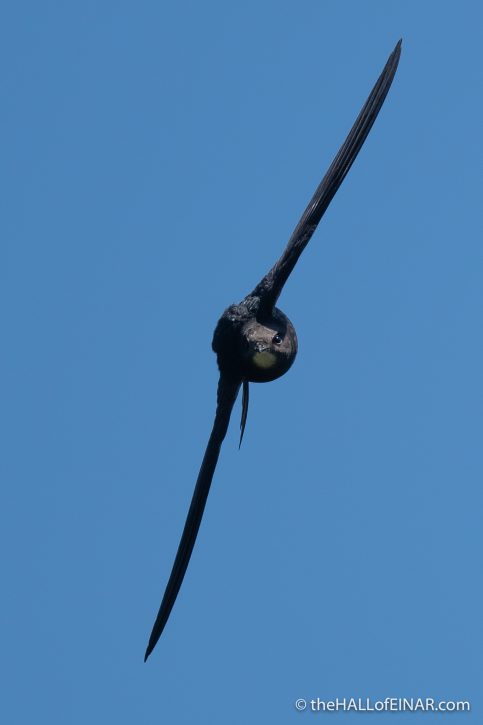Swift, Swifter, Swiftest
Swifts are one of the last migratory birds to arrive in the UK and one of the first to leave. They are screaming in the skies in small groups, high above the town right now.
Here’s my most recent Swift photograph, taken in Rome:
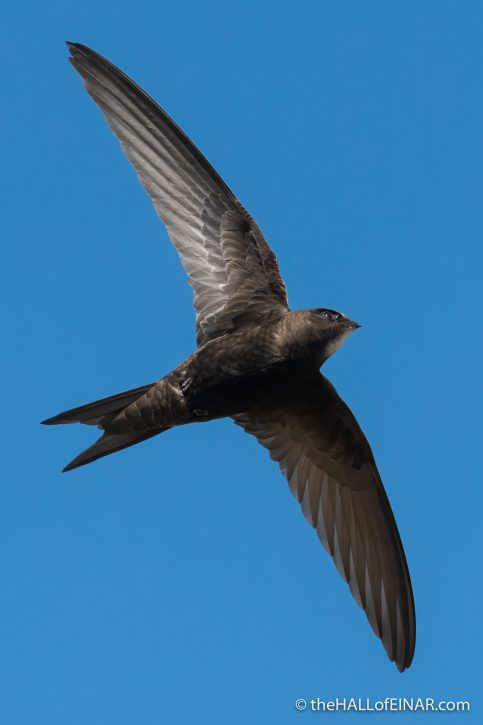
They nest in the eaves of houses, which are a substitute for the high cliffs they would have originally occupied in nature.
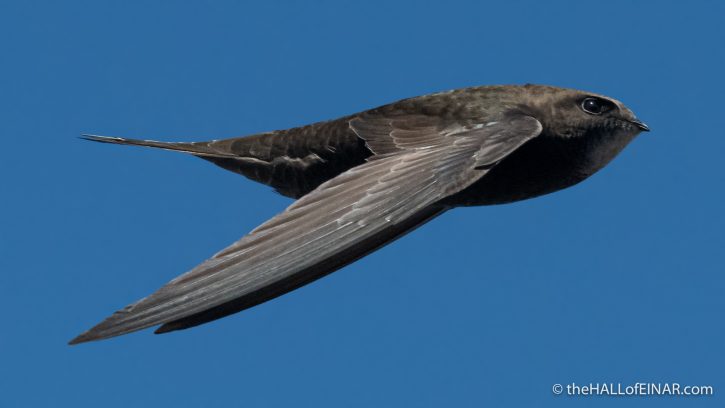
Swifts are one of nature’s marvels. They live their lives entirely in the air, eating, sleeping and mating on the wing. They do not land or perch until it is time to lay their eggs and raise their young. Swifts spend the majority of their lives in the south of Africa, yet never touch down there. They follow the rains, and the insects which come with them, across the continent, before it is time to fly to the UK to raise their families. Swifts can live up to 21 years and may cover a million kilometres in their lifetime.
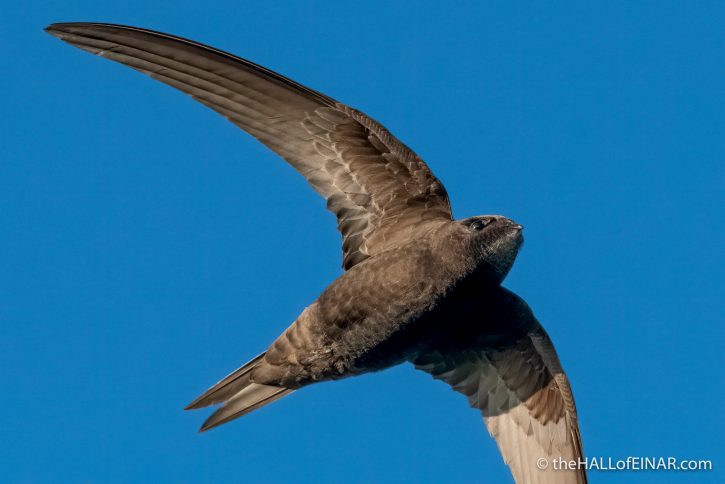
Swifts are superficially similar to Swallows and House Martins but they are not closely related. Their similar features are the result of convergent evolution because of their shared lifestyle. They need the same aerodynamic bodies, long swept-back wings and wide-gaping mouths because of their lives on the wing. Swifts are far more closely related to hummingbirds than to our Swallows or House Martins. Here’s how you tell the difference between them:
Swift numbers have reduced significantly in the last few decades but there is hope. Swift nest boxes are now becoming common, as are Swift bricks. These bricks are hollow, with a small opening for the Swifts to access a nesting cavity. Their use is being encouraged in new-build homes. Installing a Swift nest box or brick is often coupled with using a Swift caller, a small speaker which plays a Swift call to attract them to discover the potential nesting site. Inexpensive and easy to instal, they are a simple way for people to help one of the most fascinating visitors we have to the UK. Soon, they will be gone, back to Africa, for another year.
More Swifts
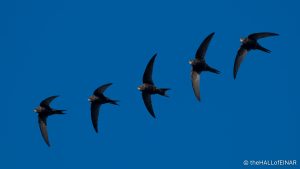 Swift succession These Swifts aren't really in formation. In fact there's only one Swift. I took five photographs in swift succession and… read more
Swift succession These Swifts aren't really in formation. In fact there's only one Swift. I took five photographs in swift succession and… read more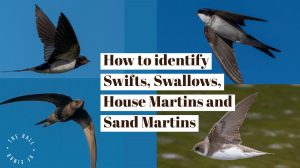 Swifts, Swallows, House Martins and Sand Martins – how do you tell them apart? They're small, fast and easily confused. How do you tell Swifts, Swallows, House Martins and Sand Martins apart? Firstly, Swallows,… read more
Swifts, Swallows, House Martins and Sand Martins – how do you tell them apart? They're small, fast and easily confused. How do you tell Swifts, Swallows, House Martins and Sand Martins apart? Firstly, Swallows,… read more 2020 highlights of a wilder Devon life 2020 is a year which will be difficult to forget for those of us lucky enough to still be alive.… read more
2020 highlights of a wilder Devon life 2020 is a year which will be difficult to forget for those of us lucky enough to still be alive.… read more 2020 highlights of a wilder Orkney life In 2020 I managed two trips to Orkney. I did it by self-isolating for two weeks before travelling and then… read more
2020 highlights of a wilder Orkney life In 2020 I managed two trips to Orkney. I did it by self-isolating for two weeks before travelling and then… read more A lone Swift at Noup Head There's a Swift at Noup Head on Westray. Swifts are called that for a reason. Can you see the fly… read more
A lone Swift at Noup Head There's a Swift at Noup Head on Westray. Swifts are called that for a reason. Can you see the fly… read more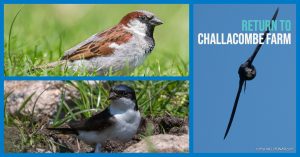 Return to Challacombe Farm I’ve been to Challacombe Farm before. It's teeming with animals for food and fun read more
Return to Challacombe Farm I’ve been to Challacombe Farm before. It's teeming with animals for food and fun read more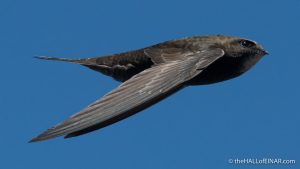 Swift by name I love Swifts. Swifts and Swallows are the product of convergent evolution and aren't closely related to one another. The… read more
Swift by name I love Swifts. Swifts and Swallows are the product of convergent evolution and aren't closely related to one another. The… read more The dunes of Maspalomas My son has a specific photograph in mind and he wants to get it. He's a very driven young man.… read more
The dunes of Maspalomas My son has a specific photograph in mind and he wants to get it. He's a very driven young man.… read more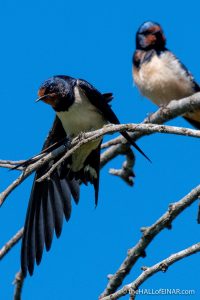 Swallows, Swifts and House Martins There are two Barn Swallows resting in the tree up ahead. That's good. I'd like to photograph them and they've… read more
Swallows, Swifts and House Martins There are two Barn Swallows resting in the tree up ahead. That's good. I'd like to photograph them and they've… read more